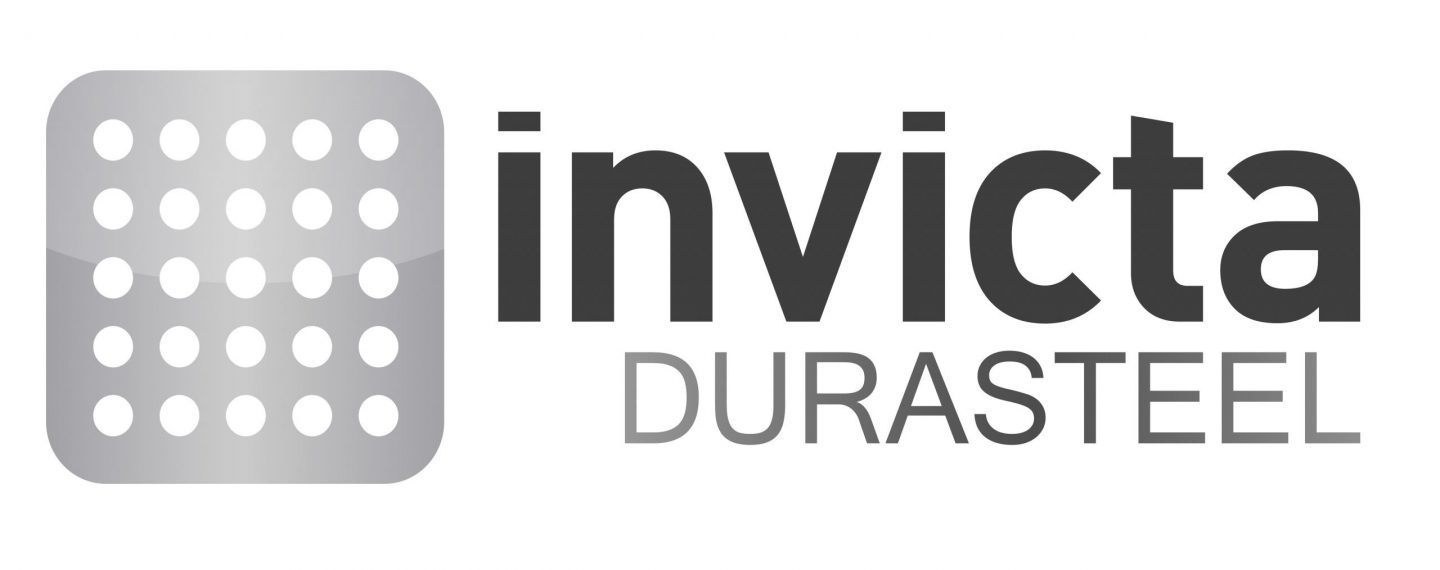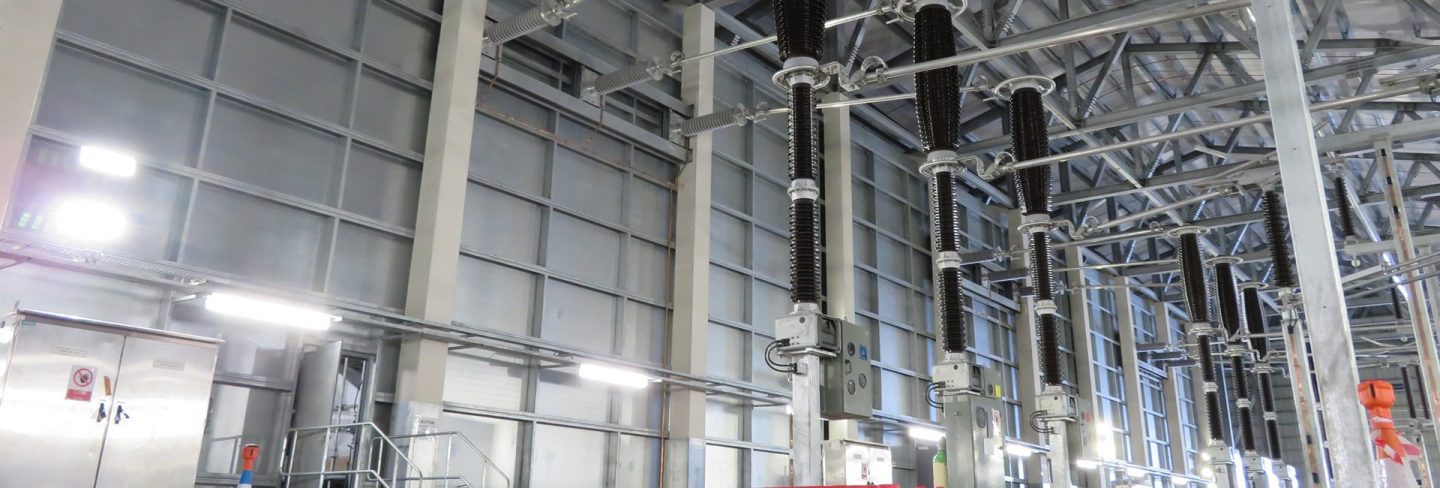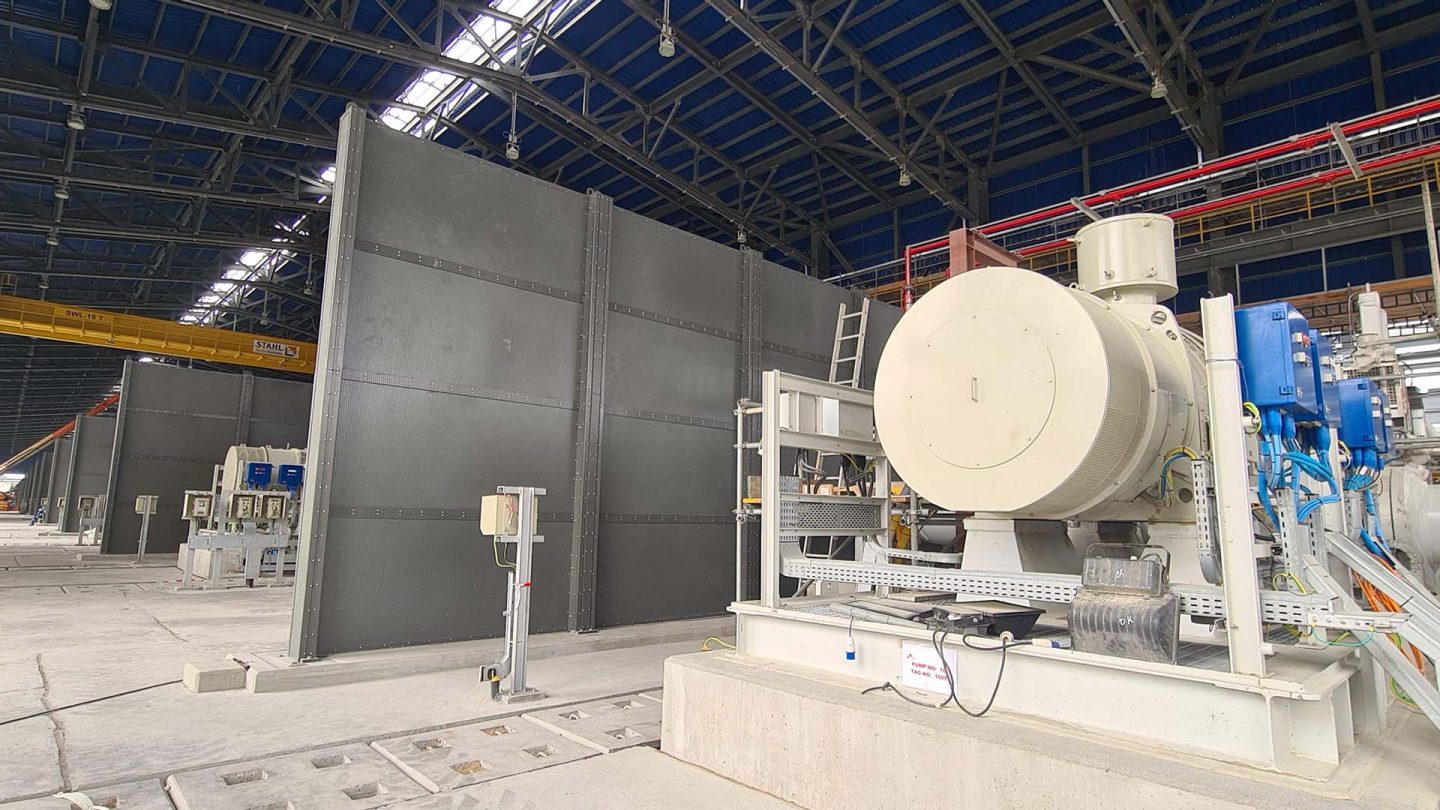For your information
You are being redirected to one of our divisional subsites which contains more detailed information on the required division. To navigate back to the main Invicta Group site, please click the link found in the footer at the bottom of the page.
- Durasteel
Discover the benefits of Durasteel
- Systems
Systems
- Expertise
Expertise
-
Applications
- Aircraft Hangar Fire Protection
- Battery Storage Facilities
- Building Fire Compartmentation
- Anti-Terrorist Blast Protection
- Cable Tunnel Fire Compartmentation
- Equipment Delivery Hatches
- Equipment Enclosures
- Heat Shields
- Power Station Fire Protection
- Metro and Rail Fire Protection
- High Voltage Cable Protection
- Substation Fire & Blast Protection
- Tunnel Fire Protection
- Oil & Gas Fire & Blast Protection
- Ventilation Systems
- Wind Farm Fire Protection
-
Applications
- Projects
- Insights
Insights
-
Articles
- Blast Protection System Design Considerations & Design Criteria
- How to Conduct a Fire Risk Assessment for Factories and Warehouses
- Minimising the Risk of Fire, Blasts & Explosions in the Middle East
- Integrity, Stability and Insulation in Passive Fire Protection
- Triangle of Fire & Active vs Passive Fire Protection
- Frequently Asked Questions
- A to Z of Terms
-
Articles
- Contact
Contact

UK +44 1843 220 256

US +1 305 328 9444

UAE +971 4 277 6225

Qatar +974 4441 4340

India +91 79945 14049

Malaysia +60 16 286 6225
- Start your project
What lessons can be learned from the Brazil museum fire?
13th May 2019
Quick Quote
Contact Fraser Shearer Sarun Vysakham Ben Tan Anand Raghavan Anand Raghavan Our USA Office
To get a quotation or arrange a free site survey - Call Fraser Shearer Sarun Vysakham Ben Tan Anand Raghavan Anand Raghavan Our USA Office on
-
 UK
UK
-
 UAE
UAE
-
 Malaysia
Malaysia
-
 India
India
-
 Qatar
Qatar
-
 USA
USA
Current location:
Quick Quote
Contact Fraser Shearer Sarun Vysakham Ben Tan Anand Raghavan Anand Raghavan Our USA Office
-
 UK
UK
-
 UAE
UAE
-
 Malaysia
Malaysia
-
 India
India
-
 Qatar
Qatar
-
 USA
USA
Current location:
What lessons can be learned from the Brazil museum fire?
We’re sadly accustomed to seeing tragic fires in the news, but the latest examples still have the capacity to shock. In the shadow of the tragic fire at Notre-Dame Cathedral, another fire late last year destroyed even more of our heritage, and made an indelible mark on Brazil’s cultural history. While there were no injuries in the fire at Rio De Janeiro’s National Museum, there was an incredible loss of another kind: 200 years of work, including some 20 million priceless and irreplaceable items from across the globe.
In little more than an hour, an enormous fire obliterated the historic building complex, equivalent to London’s British Museum. It’s tempting to look at this fire as a rare tragedy; an isolated example of underfunding in a country with well-known political problems. But the circumstances of the fire flag up attitudes that are held more broadly, and a hangover from the global recession that’s still affecting budgets worldwide. If the right lessons aren’t learned, this terrible loss could easily be repeated in any number of global landmarks.
An historic loss
Five million insects specimens, the oldest skeleton in the Americas, a 5,200kg meteorite, and recordings of now-extinct languages. The fire at the National Museum didn’t quite claim everything – one external storage building was saved, and some workers carried artefacts to safety – but the loss was incalculable. The oldest and most prestigious museum in South America has been almost completely raised, with the disaster referred to be one politician as “a lobotomy of the Brazilian memory.” Others have compared it to another infamous fire, that of the royal library at Alexandria in 48 B.C.
It’s not yet known how the fire started, although the Culture Minister suggested a small ‘Chinese lantern’ may have landed on the roof after the museum had closed to the public. What is clear is the staggering progress of the fire, and the damage it inflicted. It’s been reported that the fire took less than an hour to completely consume the building, and that the fire service was unable to fight the fire initially as nearby fire hydrants turned out to be dry. Water had to be ferried in from a nearby lake to support fire trucks, by which point the fire had already taken hold.
Fingers have been pointed by many at underfunding by local and national authorities. The national museum budget had been slashed this year as part of an austerity drive, while ministers came in for criticism when none showed up for the museum’s recent 200th anniversary. The museum’s deputy director has criticised the lack of government support, while funding issues had been widely acknowledged for years, with the museum’s dinosaur exhibit only reopening recently after a crowdfunding campaign. Many sources have talked of the local government prioritising new museums over the old ones, and even blocking the private sector from investing in the museum.
Funding fire protection
The greatest tragedy in this case is that the risk of fire was well-known, and plans to fix the problems were actually in the works. The museum had recently managed to secure funding for a fire protection system from the country’s national investment bank. Reports as far back as 2004 highlighted the risk of fire to the building, with an official visit noting outdated fire protection, dangerous wiring and poor safety standards. Unfortunately, it seems these recommendations were not acted upon until it was too late.
While this may seem to be a product of Brazil’s economic and political troubles, this is not necessarily the case. As the LA Times have highlighted, the underfunding of museums and other cultural institutions is a global phenomenon. Since 1989, public funding of U.S. museums has fallen from 38% of total budgets to just 24%. The current administration meanwhile has proposed the elimination of the Institute of Museum and Library Services – a key source of federal funding – and slashing funding to the Biological Survey Unit, which helps to catalogue biological specimens and digitise records around the country.
The picture is not dissimilar in the UK, where thousands of years of cultural heritage are potentially being put at risk. Public spending on museums has fallen by 13% in real terms over the last decade, while the workloads of many curators and museum staff has risen dramatically. Brexit is also expected to have an effect, with grants such as the £170,000 received by The British Museum last year at risk of being lost. The director of London’s Victoria & Albert Museum has even suggested charging tourists a ‘hotel tax’ to help fund museums.
Safeguarding the past
It shouldn’t be difficult to justify spending money to protect museums and other institutions at any point, given the role they play in education, tourism and the preservation of culture. But the Brazilian museum fire should be taken as a warning to countries across the world of how easily such losses can occur, and from unseen circumstances. One could also argue that at a time of division along national and international lines, the role museums have to play in educating us about the mistakes and triumphs of the past should be more pronounced than ever.
It’s critical then that governments and individuals alike ensure that these institutions are properly funded, and do not have to make judgement calls about whether to invest in maintenance and acquisitions rather than fire safety, or other structural features. Fireproof vaults and archives using both passive fire protection (such as Durasteel fire barriers) and active fire protection (such as alarms, detectors and suppression systems) can protect vulnerable documents from fires, while similar systems can be integrated into warehouse racking for larger objects.
One area of misunderstanding is around sprinkler systems, which many people perceive as being a risk due to water damage. In fact, firefighting in the event of an uncontrolled blaze is a far greater threat, and the damage from a water-based suppression system is usually minimal. Efforts should also be focused on stopping fires from developing in the first place, both through preventative measures and good practice. Fuel and ignition sources should be safeguarded, with regular maintenance to identify and fix any problems as they arise, and all staff should be trained to best avoid and identify any fire risks and hazards, as well as to react swiftly and appropriately in the event of a fire.
—
Sadly, nothing can bring back the invaluable artefacts and countless years of research lost in the National Museum Fire. Each disaster of this type is however a lesson for the future — and this one is a stark example of the dangers of complacency, underfunding, and the speed with which a fire in a historic institution can take hold. The reaction from academics, politicians and many other onlookers shows that there is much to be learned from this tragedy, and lessons that need to be applied to safeguard the futures of institutions everywhere.
Accreditations & Affiliations











SpecUp - System Specification Wizard
Answer the 5 short questions below to receive your recommended Durasteel system specifications. Hover over the ? icons for a brief explanation.
Question 1/5
Type of system required?
Question 2/5
Fire rating required?
Question 3/5
Fire integrity-only or integrity and insulation?
Question 4/5
Fire attack risk from one side or both sides of the system?
Question 5/5
Blast rating required in addition to fire rating?
Creating your results page
Thanks for completing the SpecUp, you’ll be redirected to your results shortly.
Click here if you aren't redirected after a few secondsStart your project
Tell us about your project. Please complete this form. One of our sales team will come back to you with more details. If you prefer, you can drop us an email.




Share/Like this page